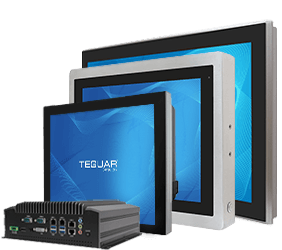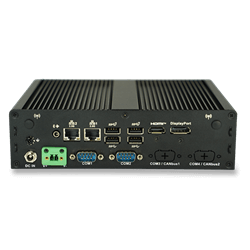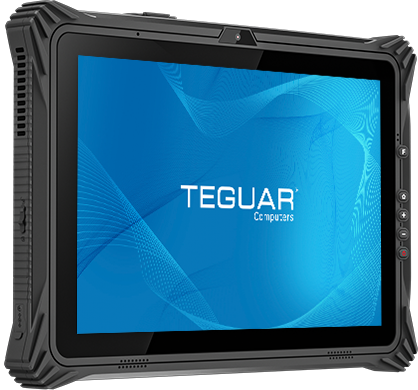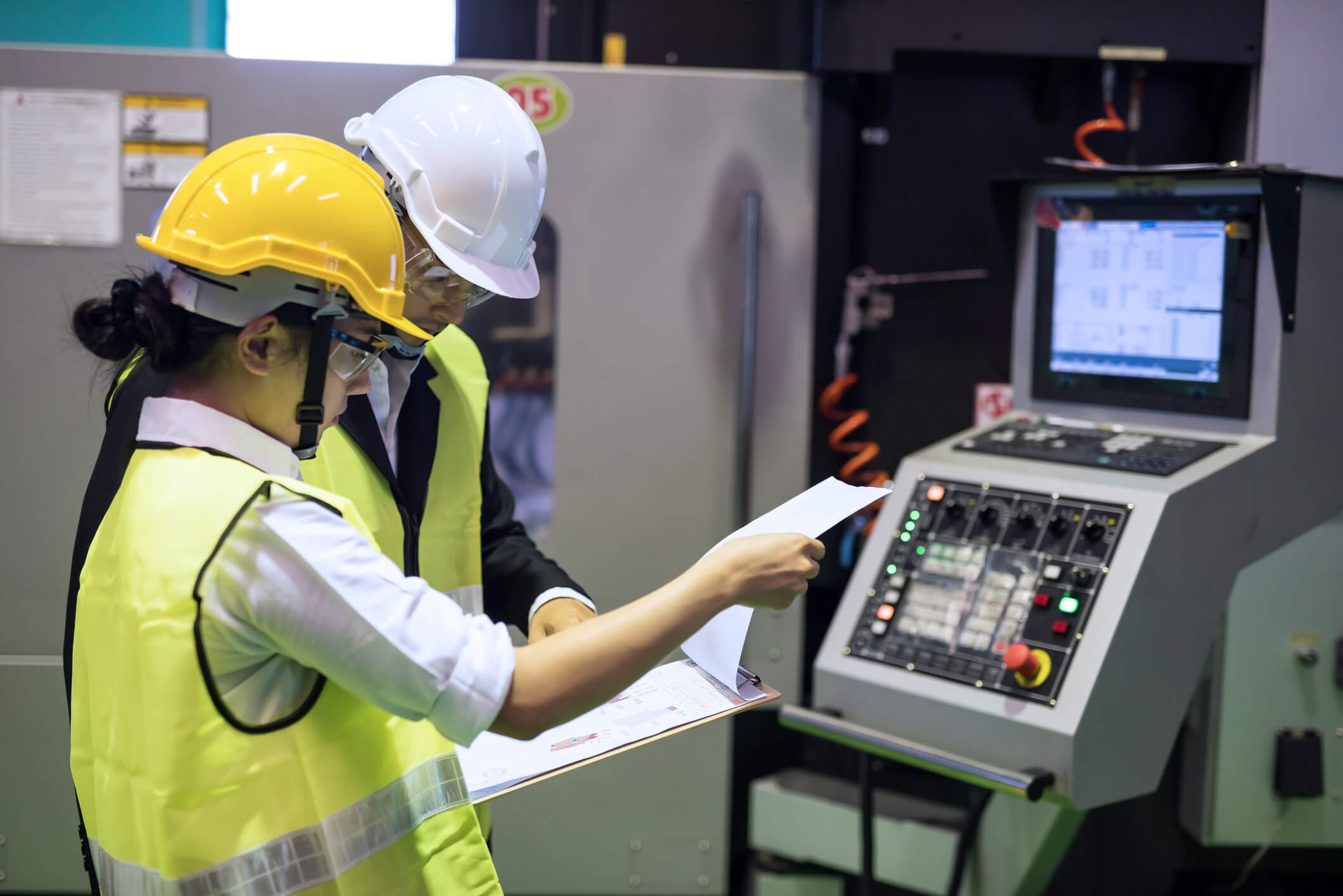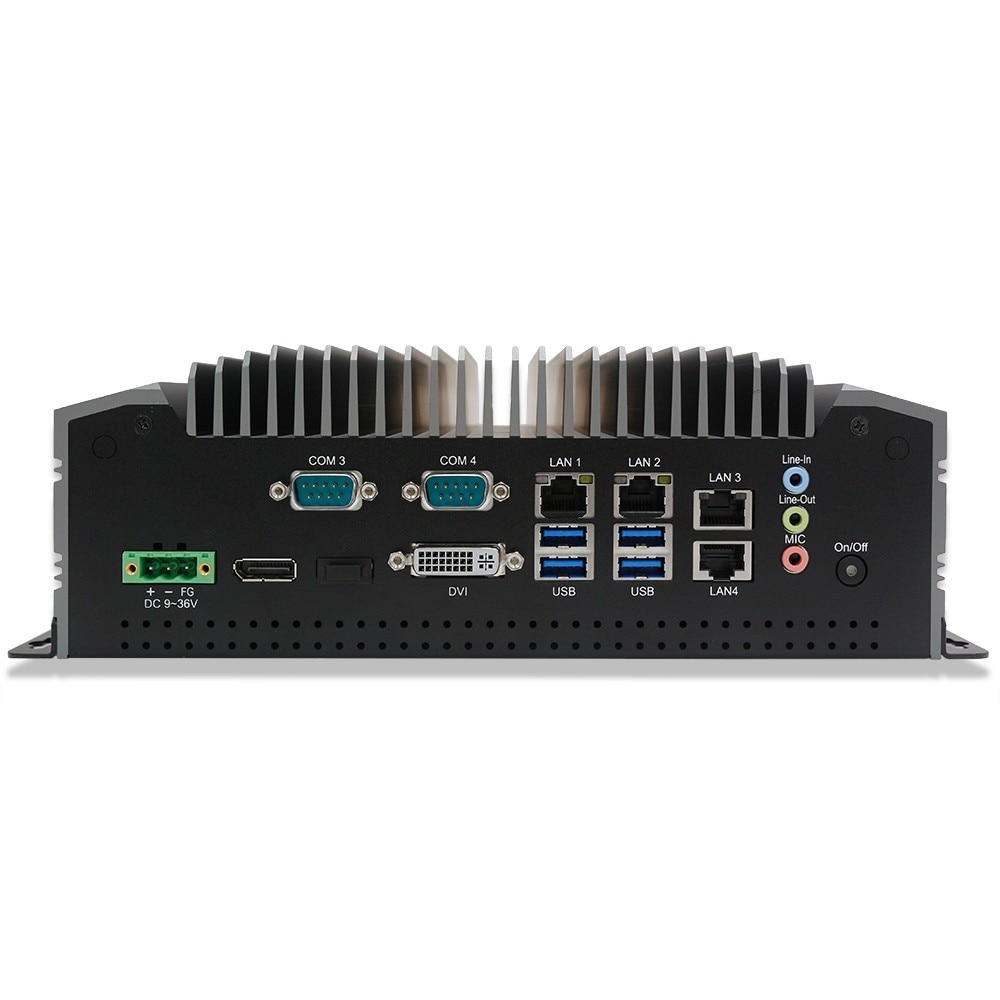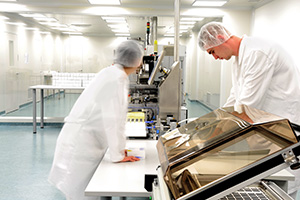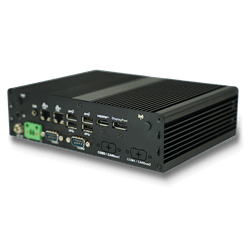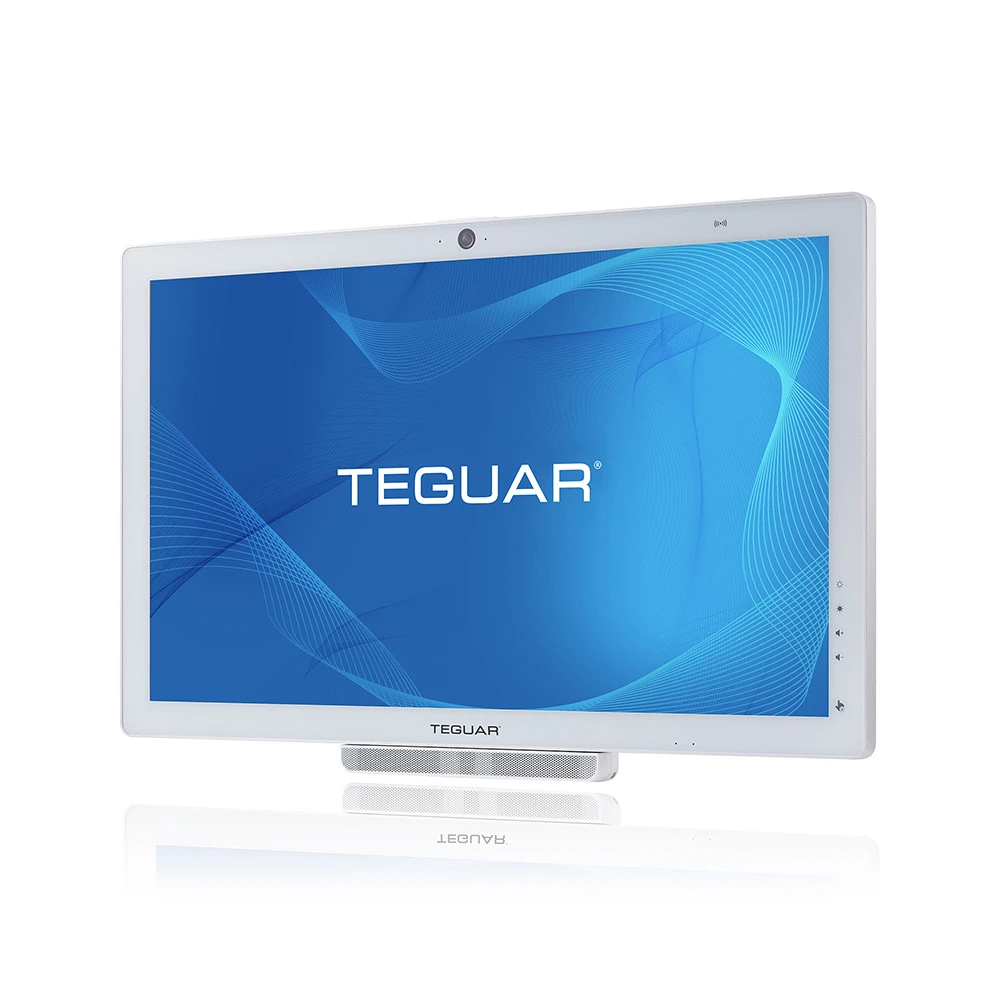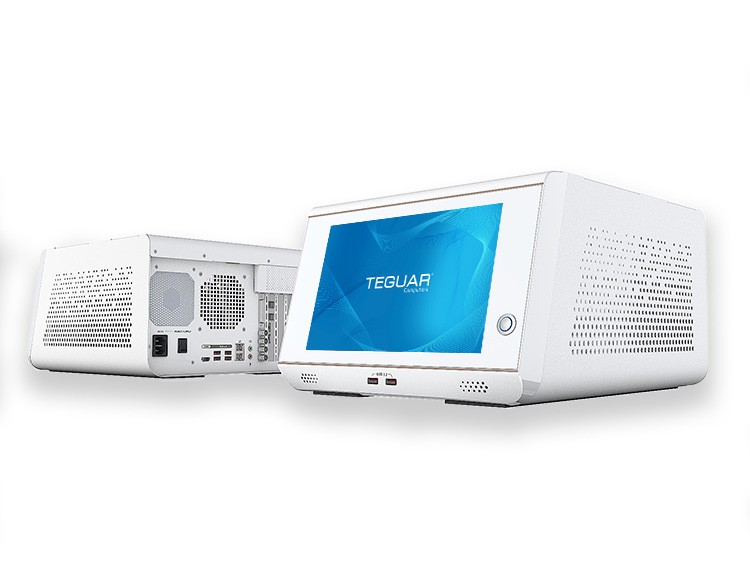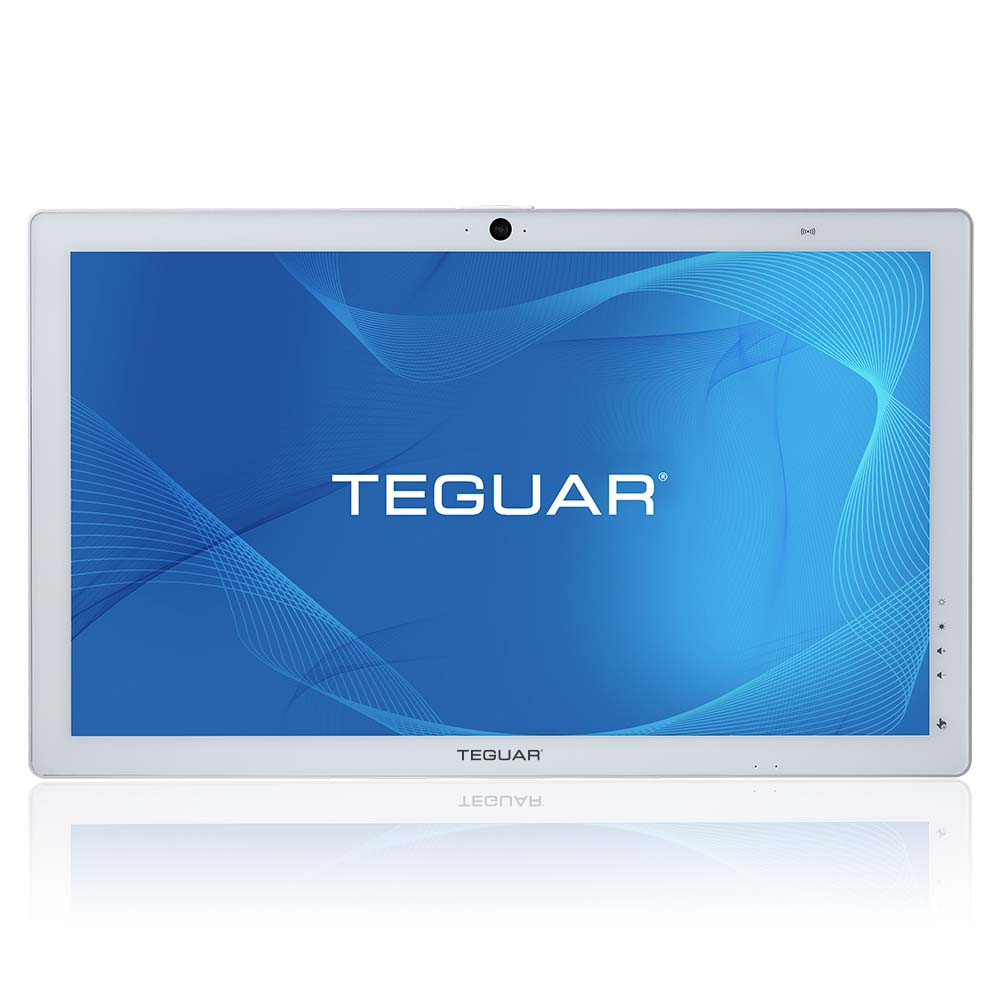Optical Bonding Displays – Does Your Industrial Computer Need Them?
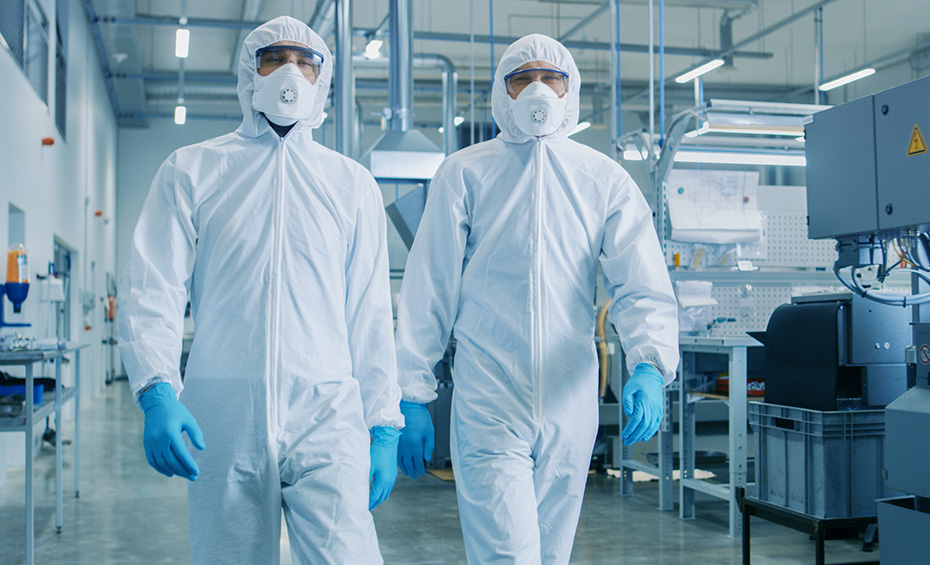
Industrial computers are not your average desktop devices. They’re made of much sturdier stuff, like aluminum or stainless steel, and built to withstand extreme temperatures, drops, impacts, and just about anything else you can think to throw at them. Even the touchscreens of these industrial PCs are reinforced with thick Gorilla Glass, which makes cracking one a herculean feat. This is especially true of any computer that has earned the rating of IP69K, the highest ingress protection rating possible. This means the device is able to withstand high temperature and high pressure jet streams without letting even a molecule of dust or water inside.
Keeping debris and moisture out of the inner workings of your industrial computer is all that’s required for the vast majority of industrial computer applications. But despite the fortress-like enclosures that house rugged IP69K computers, they are not normally vacuum sealed in their construction. This means that solids and liquids are kept out, but air is able to pass through tiny, microscopic passages in the seams between the touchscreen and the bezel. Again, this is not an issue for most applications; as long as debris and moisture are kept out, the hardware will continue to hum along unimpeded.
In certain applications, however, it is important to confirm that air cannot pass through any seams. This is where optical bonding comes into play. In this instance, “optical” refers to a pane of glass that is perfectly see-through, and “bonding” refers to the act of gluing and/or vacuum-sealing said glass pane over the industrial panel PC’s display. When done in a cleanroom manufacturing environment (or in the field by a professional), the seal will be airtight, with all empty space now filled with a special transparent epoxy.
When is Optical Bonding Necessary?
There are two specific instances in which optical bonding should be considered.
Optical Bonding to Eliminate Screen Condensation
The first is in the case of extreme temperature fluctuations. To understand how this affects an industrial PC without optical bonding, let’s dust off our old physics textbook. You’ll recall that the three states of matter are solid, liquid and gas, and that the matter’s state is determined by its temperature. This is easy to demonstrate with water, which usually a liquid, but freezes into a solid under 0°C and vaporizes into a gas when heated over 100°C.
Now imagine we’re spraying high temperature water onto one of our industrial panel PCs. Thanks to the IP69K rating, the water will not penetrate the space between the screen and the bezel. However, without an optically bonded screen, air will be able to breach that space. If the surrounding air temperature is similarly high or even moderate, this moisture will eventually evaporate out the way it came in as water vapor. However, if the surrounding temperature is low enough, that water vapor will reconstitute as a liquid on the inside of the screen, which is also known as condensation. This same phenomenon can be observed in your car when it’s hot and humid outside, but cool in your car, which then causes your windshield to fog up on the inside.
In summary, if you plan to spray an industrial display with high temperature water jets, but the unit is installed in a colder environment such as a refrigerated storage area, optical bonding should be considered in order to prevent condensation on the inside of the display.
Optical Bonding to Eliminate Screen Glare
Another issue that can be solved by optical bonding is improving screen visibility due to a glare. This is usually only an issue when using an industrial display outdoors, but concentrated light indoors could produce a similar effect. At its worst, this could manifest as a glare that makes the screen unreadable, or even create a refractory mirror image superimposed on top of the screen’s display. Either way, optical bonding can solve these issues.
Most glass panes used for optical bonding are covered with an anti-reflective coating, which dissipates the light before it reaches the device’s screen and eliminates the glare or unwanted reflection.
Will Touchscreens Still Work with Optical Bonding?
In short, yes. Optical bonding glass is designed to transfer touch input through both itself and the unit’s original touchscreen below it. In fact, both types of touchscreens, P-Capacitive and Resistive, will continue to accept inputs after optical bonding.
Optical Bonding Displays from Teguar Computers
By default, Teguar’s IP69K Computers do not have optical bonding. However, this process can be applied during the manufacturing stage for any custom order upon request. In certain situations, Teguar has even been able to retrofit devices with optical bonding after installation, but having this done during the manufacturing process will always be faster and more cost effective.
Still not sure if you’ll need optical bonding for your industrial displays? Let us help! Contact us for a free project consultation and our product specialists will help you determine whether or not your environment would require optical bonding on your industrial displays.


